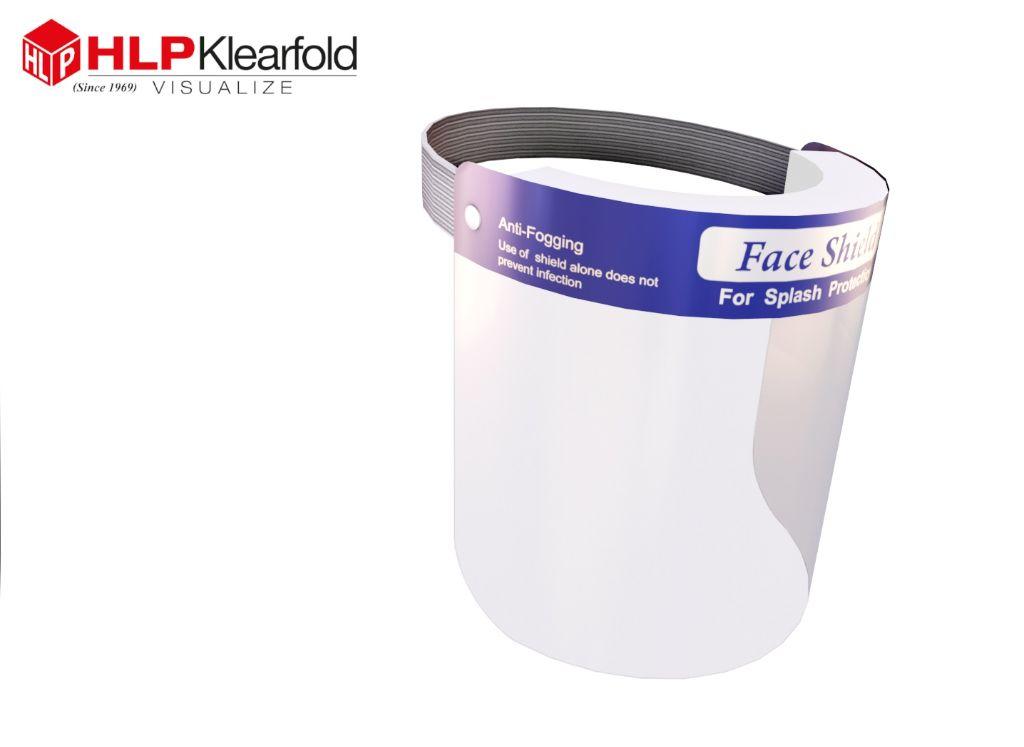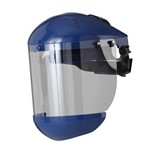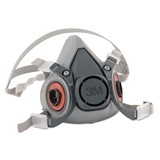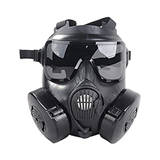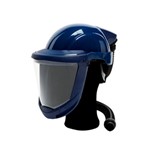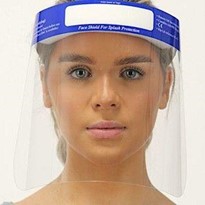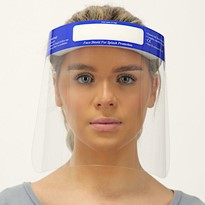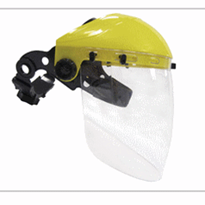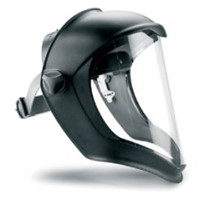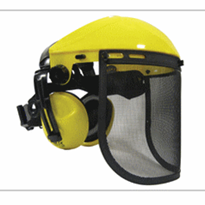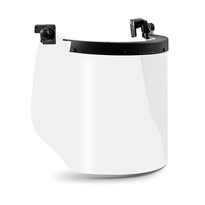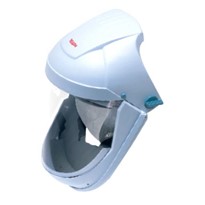Face masks help prevent the spread of COVID-19, but some people find them awkward, uncomfortable or downright unbearable to wear.
There’s another good option available for people who just can’t get used to strapping on a face mask while out in public, experts say.
Plastic face shields offer another means of deterring COVID-19 that some might find easier, said Dr. Amesh Adalja, a senior scholar with the Johns Hopkins Center for Health Security, in Baltimore.
They’re clear plastic or plexiglass shields that cover the entire face, from the forehead down to the chin or lower. An elastic headband holds the shield in place.
Face shields have been shown to reduce viral exposure by 96% when worn within 18 inches of a cough, and by 92% at the currently recommended 6 feet of social distancing, according to a recent editorial in the Journal of the American Medical Association.
“Face shields may supplant these masks, eventually,” Adalja said. “I think there’s much more evidence supporting their use.”
While not as popularly promoted as face masks, face shields are available for purchase online. Amazon offers many different brands of face shields, including one developed by its own engineers.
Shields offer a number of benefits over masks, but also a few drawbacks, experts said.
Because they extend down from the forehead, shields protect the eyes as well as the nose and mouth, said Dr. Frank Esper, a pediatric infectious disease specialist at Cleveland Clinic Children’s Center. Viruses can enter the body through the eyes.
Adalja noted that face shields also can be more comfortable for people to wear. “It feels less obstructive on their mouth and nose than a mask,” he said.
Esper pointed out that “you don’t get to feel the breeze on your face, but you do get some fresh air, rather than trying to breathe through a cloth mask.”
Person-to-person communication is better with a face shield. People can see your whole face through the shield, making it easier for folks to talk, Adalja said.
“Many people when they’re talking to people will take off their mask or bring it down. People reflexively do that because their voice is muffled by the mask,” Adalja said. “You can see people’s facial expressions much better with a face shield.”
The shields are relatively lightweight and comfortable to wear. They’re also reusable, if a person takes the time to clean them with an antibacterial wipe or soap and water after an outing, Adalja and Esper said.
Esper stressed that regular cleaning will be necessary because one drawback of the shields is that they provide an apt surface upon which the virus can survive.
“We know this virus likes to live on plastic a lot better than it likes to live on porous materials like cloth, paper or cardboard,” he explained.
The type of protection a face shield provides is also very different from that of face masks, the experts said.
Masks protect others around you from germs you are carrying. Face shields do the opposite, protecting you from being infected by the people around you.
“It protects you, the wearer,” Esper said. “But if you cough, because this face shield is away from your face, those droplets can still get out better than if you have a mask on, where they basically get sucked up by the mask itself.”
Doctors working with sick people wear both a face mask and a face shield, and the combination offers the best protection against viral spread, Esper said.
However, Esper and Adalja think average folks should be able to use either device by itself.
“Folks out in the community are having a hard enough time with one or the other, let alone asking them to wear both,” Esper said.


